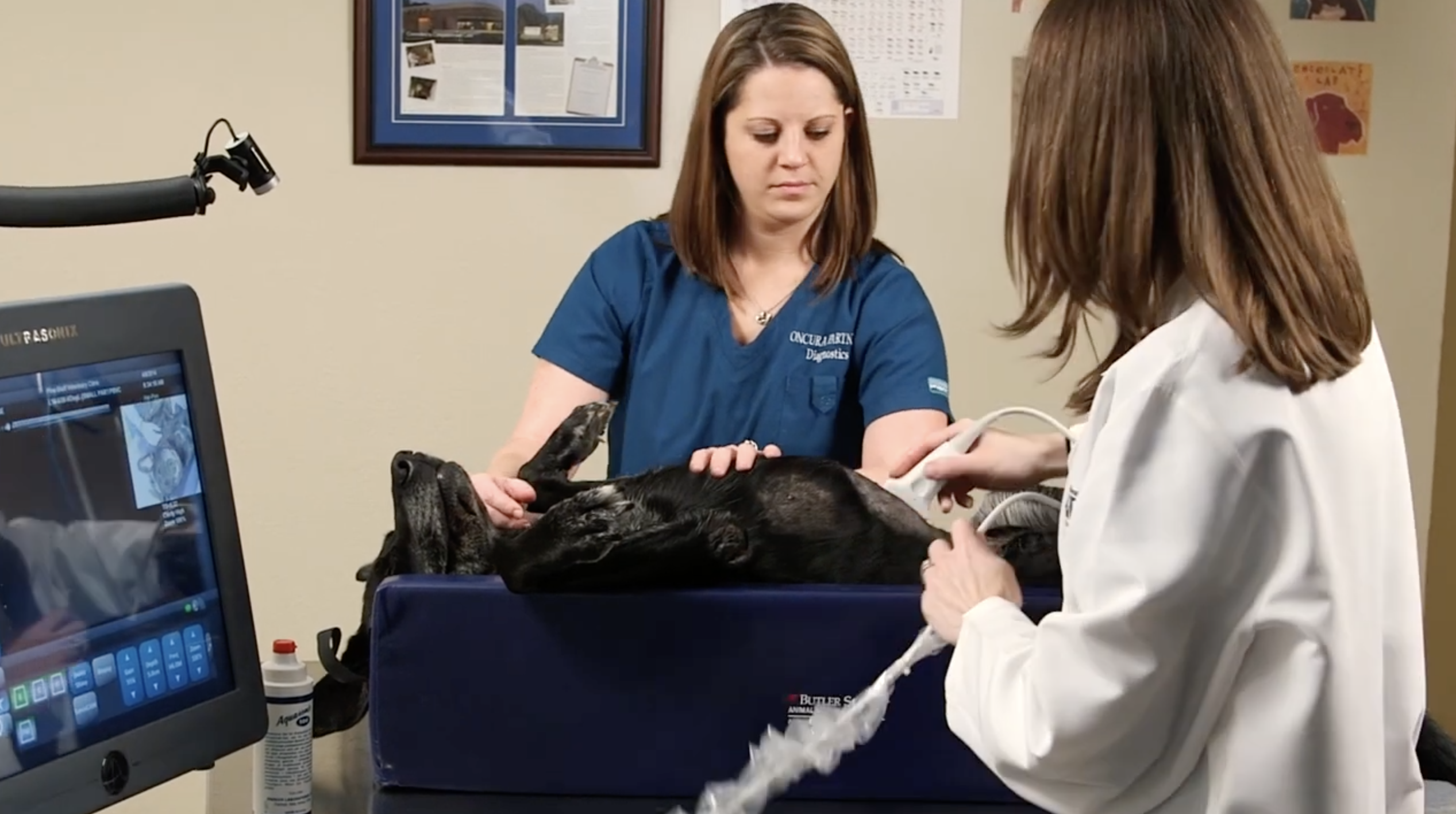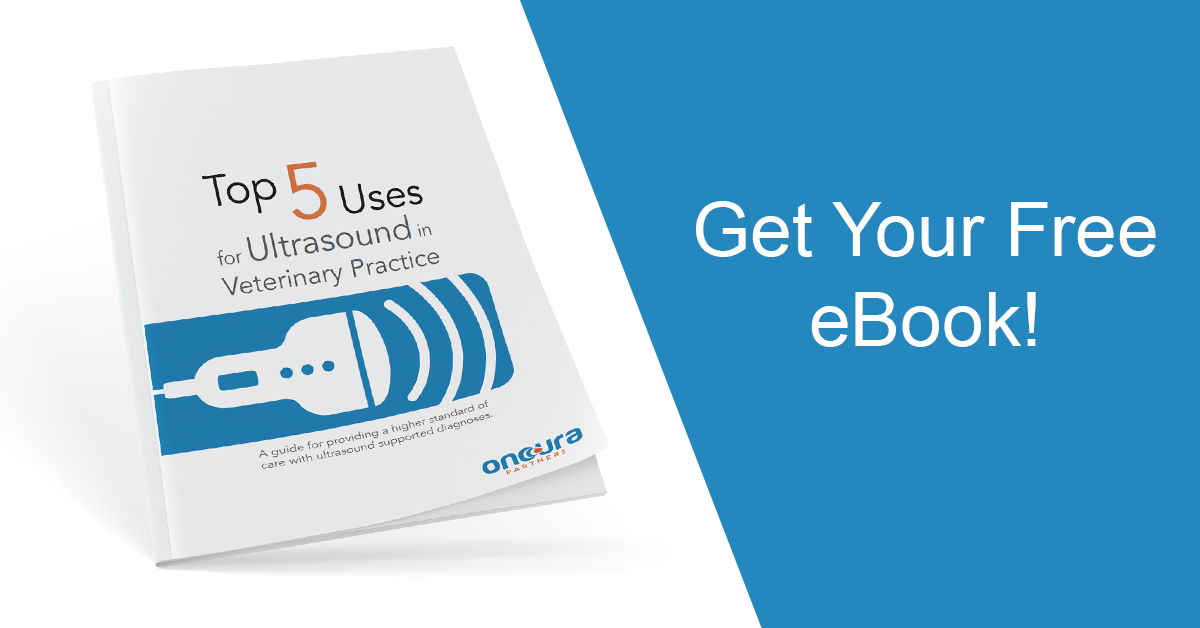Ultrasound is an important diagnostic tool in veterinary medicine. When used regularly and alongside other diagnostics, it can promote a high standard of care by allowing clinicians to more quickly identify certain conditions, enabling faster intervention. The recent emergence of sonographer-assisted virtual ultrasound, offering expert remote guidance and rapid specialist consultation, has empowered veterinary practices to embrace ultrasound as a first-line diagnostic.

While there are many uses for ultrasound in practice, here are 5 ways practices are currently leveraging this technology with great results:
1. Supporting Lab Results
Once lab work comes back showing abnormal values, specifically when looking at the liver, kidneys, pancreas, and adrenal glands, you can use ultrasound to quickly rule out or confirm several different issues, as well as guide additional diagnostic evaluation. Unlike radiographs, ultrasound provides a much more detailed view of abdominal soft tissue structures and will more clearly show abnormalities.
2. Determining the Cause of Feline Vomiting
When a feline presents with GI signs including vomiting and/or diarrhea, you can use ultrasound to support blood-work and/or radiograph findings or as a first-step diagnostic procedure to guide next steps. Ultrasound offers more detail for GI irregularities than radiographs alone and is a great way to quickly identify or rule out several common causes of feline vomiting.
While it should be noted that cytology or histopathology is generally needed for definitive diagnosis of GI changes, ultrasound is helpful to direct the diagnostic plan. Fine needle aspiration of GI lesions may be possible and can be facilitated by ultrasound guidance.
3. Pre-Dental Cardiac Assessment
Blood work is a critical component for safe sedation, but it doesn’t always provide a complete picture. Performing an echocardiogram prior to dental procedures can help you make a better recommendation by giving you more information, particularly in senior patients and those with known heart conditions.
4. Performing System Focused Scans
When symptoms and your initial exam tell you where to look, ultrasound can help you quickly and precisely evaluate a specific system. Unlike full abdominal ultrasounds which can take 30- 45 mins, system specific scans typically take around 15 minutes.
5. Evaluating Heart Murmurs
When evaluating a patient with a heart murmur, you can leverage ultrasound to gain a deeper understanding of the murmur compared to a stethoscope evaluation alone, and use that additional knowledge to support the best possible plan of care. Additionally, in-clinic echocardiograms offer a much more affordable diagnostic option for your clients than a specialty visit to a cardiologist, while encouraging additional revenue for you.
For expert tips on getting the highest-quality images and the best clinical results from ultrasound for these 5 common uses, click here to download our free eBook.
